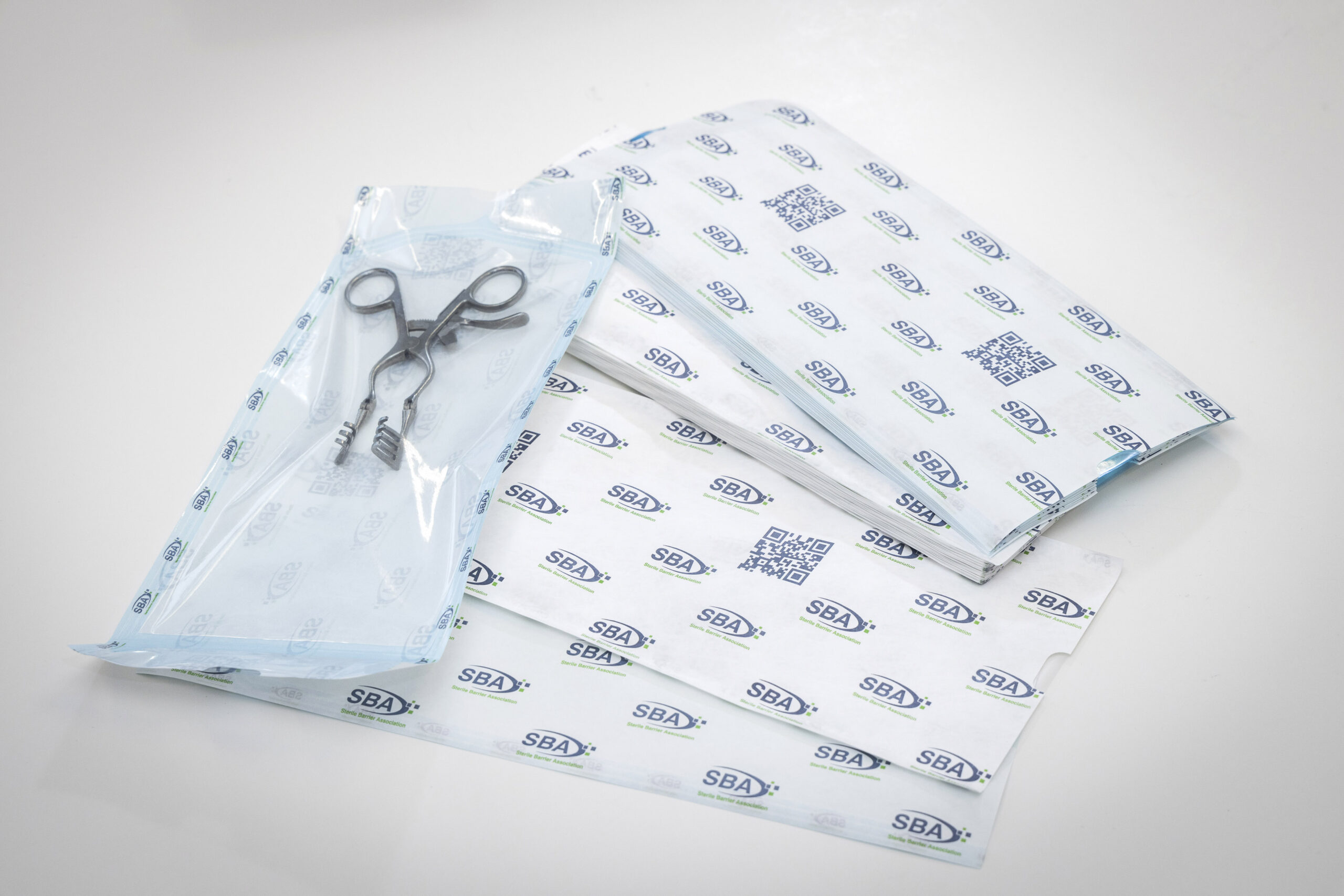




Common lidding materials include medical-grade paper, nonwovens, aluminum foil, and multilayer films, each selected based on factors such as barrier performance, breathability, and compatibility with sealing and sterilization methods. They are often paired with rigid or flexible bottom webs in tray or pouch packaging to create a complete sterile barrier system.
Lidding materials are a critical component of sterile medical device packaging, providing a secure and protective seal while allowing easy and aseptic product access. These materials are engineered to maintain sterility, withstand various sterilization processes, and ensure product integrity throughout storage and transportation.
Common lidding materials include medical-grade uncoated and coated papers, reinforced paper grades, and coated nonwovens, as well as aluminum foil and multilayer films, each selected based on factors such as barrier performance, breathability, and compatibility with sealing and sterilization methods. They are often paired with rigid or flexible bottom webs in tray or pouch packaging to create a complete sterile barrier system.
Key attributes of high-quality lidding materials include strong seal integrity, easy peelability, and resistance to punctures or tears. As sustainability becomes a priority, manufacturers are also developing more eco-friendly alternatives while maintaining compliance with stringent medical packaging regulations.
| Property/Material | Uncoated paper | Coated Paper | Coated non -woven materials of polyolefin | Reinforced Paper grades |
| Hard/heavy products | No | No | Yes | OK |
| High-speed packaging | OK | Yes | Yes | No |
| Deep-formed trays | No | OK | Yes | Yes |
| Rigid base-webs | No | Care required | Yes | Yes |
| Risk of temperatures >60’C | Yes | No | Some | Care required |
| Non-Pe sealing webs | No | Care required | Yes | No |
| Radiation sterilisation | Yes | Yes | Yes | Yes |
| EtO Ster’n | Yes | Yes | Yes | Yes |
| Steam sterilisation | Some | No | Yes max T 124 degrees C (not suitable for hospitals) | No |